The Nabataeans maintained a port at Aila at the northern end of the Gulf of Aqaba. This port was used almost exclusively by Arab ships as the Gulf of Aqaba was known for its foul winds, making it a very difficult port for the square rigged European boats. (Casson, Periplus, page 144). Arab dhows however, could sail much closer to the wind, and could better utilize Aila, providing it with goods from southern Arabia. It is interesting to note that the Romans ended their road, the Via Traiana Nova at Aila, rather than continuing farther down the cost into Arabia.
There is also a reference to a port known as Leuce Come (Strabo 16.781, and Periplus 19) which has not been positively identified to this day. I have put forward the suggestion that Leuce Come was actually another name for Aila port. You can read about this by clicking this link.
There are still a few ruins from ancient times near the sea, but the modern city and port have almost obliterated the old ruins. The city of Aqaba had several names including Elath, adopted in Latin as Aela and in Arabic as Ayla. To the west of Aqaba is the city of Eilat across the Israeli border. The very ancient location of Ezion-geber has also been associated with Aqaba/Eilat.
This area was important in ancient times, as the sea port provided access to not only the Red Sea, but also to ports farther down the African coast, south Arabia, and as far as India. It is thought that the port was used by King Solomon for his ships who sailed to Ophir.
King Solomon also built ships at Ezion Geber, which is near Elath in Edom, on the shore of the Red Sea. And Hiram sent his men– sailors who knew the sea– to serve in the fleet with Solomon’s men. They sailed to Ophir and brought back 420 talents of gold, which they delivered to King Solomon. 1 Kings 9:26 - 28
Ruins at Tell el-Kheleifeh were identified as Ezion-Geber by the German explorer F. Frank and later excavated by Nelson Glueck, who thought he had confirmed the identification, but a later re-evaluation dates them to a period between the 8th and 6th centuries BC with occupation continuing possibly into the 4th century BC.
Another Biblical account states: “Then went Solomon to Ezion-geber and to Eloth, at the sea side, in the land of Edom.” (II Chronicles 8:17-18) Here the two are identified at two separate locations. The mountains of Edom where also a rich source of lumber, so there was wood available for the construction of ships. In fact the forests of Edom survived until the time of the Turks who built a spur on the Hejaz railway into the Shobeck valley to cut trees in order to provide lumber to their empire. It has been reported that one of their objectives was to strip the land of lumber, so that the local people could build ladders and instruments of war, and thus they could not rebel. Today this area is all desert, but a mere two hundred years ago, it was a source of timber.
In later years both the Assyrian (735 BCE), the Babyllonains (600 BC) and the Persians (539 BC) conquered the city. Soon after this it came under Nabataean control. Originally the Nabataean merchants established themselves outside and north of the city, as was their custom. When Greek rule crumbled, the Nabataean merchants took control of the city of Aqaba, as they did in other parts of the Middle East. Following the Roman conquest, they annexed the city and called it Aela (also Haila, Aelana, in Greek rendered Άιλα Aila). At this time the Romans constructed a major road from Bosra in Syria to the port of Aila in the south. During Roman times Aila became the home origin of what came to be known as the *Ayla-Axum Amphora*s. By the time of Eusebius, Aela became the garrison of the Legio X Fretensis, which was moved to Aila from Jerusalem.
Aila came under Byzantine Empire rule in AD 300, where the Aqaba Church was constructed. Some considered it to be the world’s very first purpose-built church. The bishop Peter from Aila was present at the First Council of Nicaea, and Aila was represented by Beryllus at the Council of Chalcedon in 451.
Aila fell to the Islamic conquest by 650, and the ancient settlement was left to decay, while a new Arab city was established outside its walls under Uthman ibn Affan, which was also known as Ayla (Arabic: آيلة). The geographer Shams Eddin Muqaddasi describes Ayla as nearby the ruined ancient city.
The city of Aqaba is possibly mentioned in the Qur’an in Sura 7:163 where reference is made to “The town that was by the sea” placing the story during the sojourn of Israel before they attempted to enter the land of Edom via the King’s Highway. There are others who place this story later, and think it refers to the sea of Tiberia (Galallie). I either case the Children of Israel do not keep the Sabath day, but try to go fishing. The Qur’an tells us that the fish would be present on the sabath day, tempting the people, but during the week, the fish could not be easily found.
The Qibla orientation of the congregational mosque at Aqaba is discussed at this link.

The word 'aqaba' means 'going up.' From here the main road goes up into the mountains.

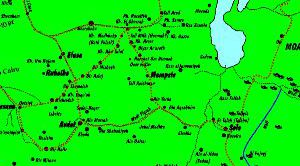

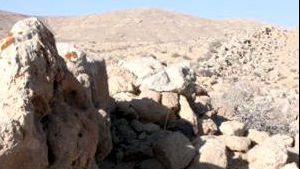

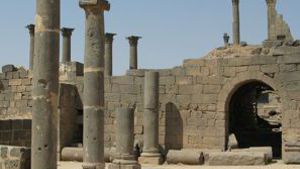
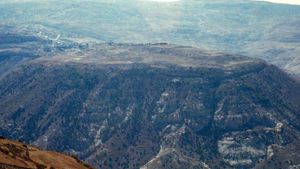

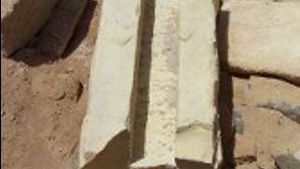
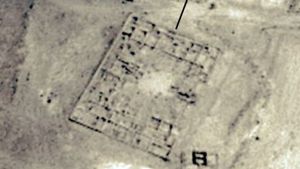

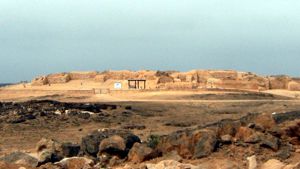
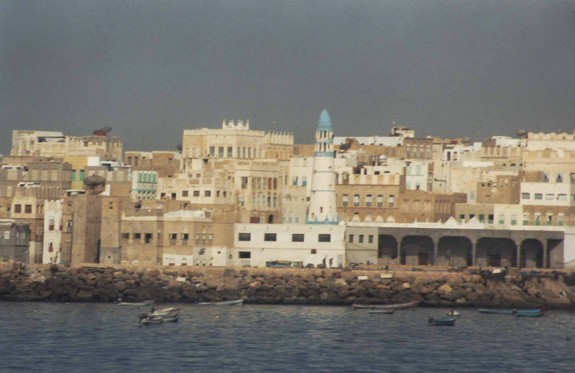
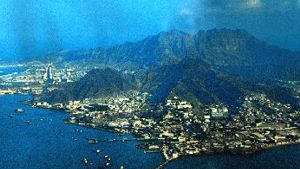
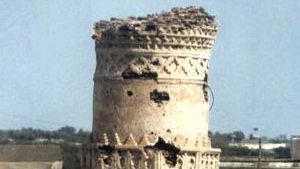
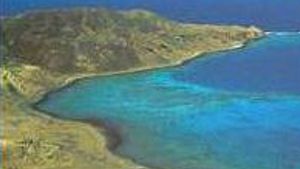
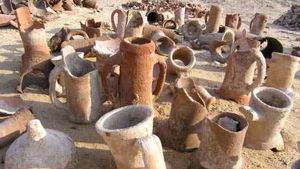
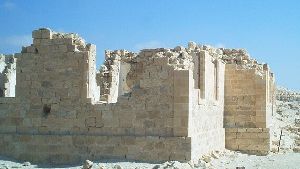
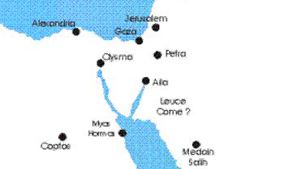
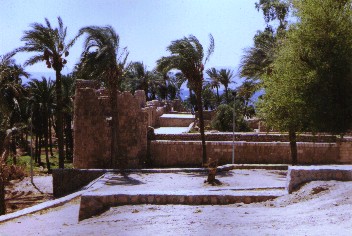
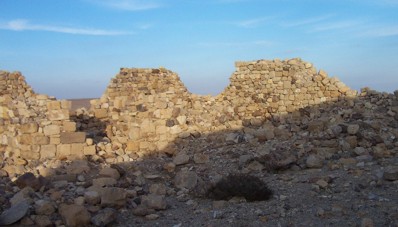
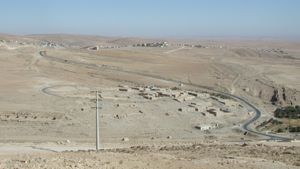
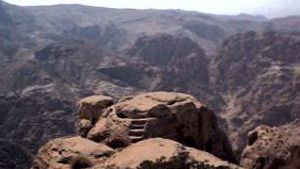


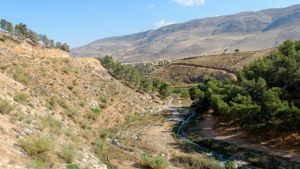
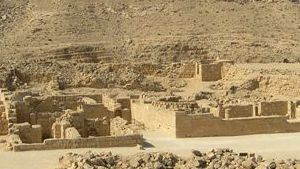
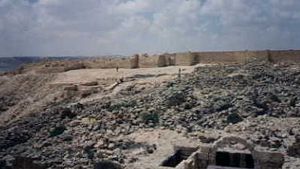
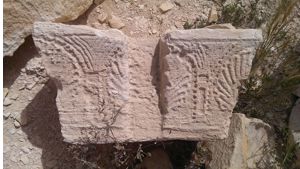


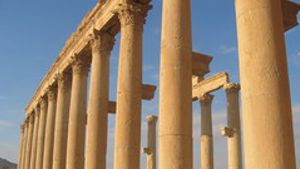

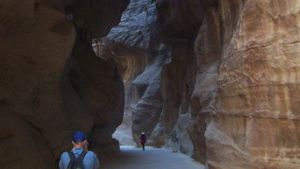

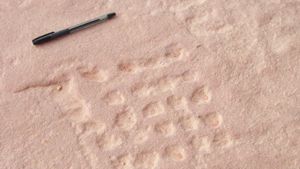

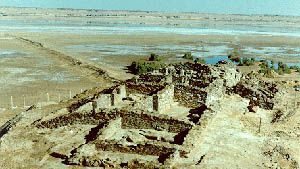
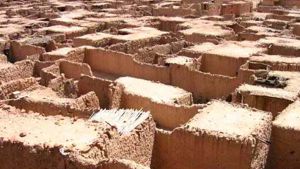
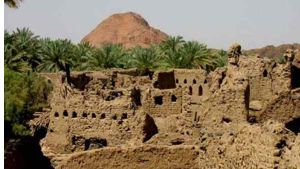
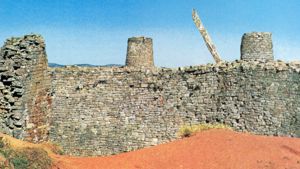
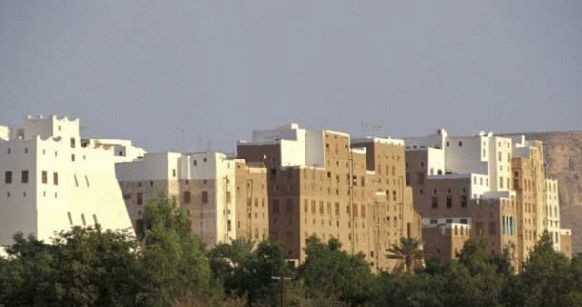
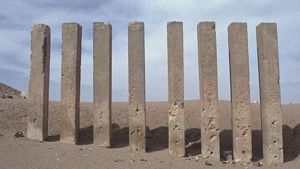
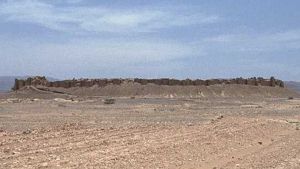
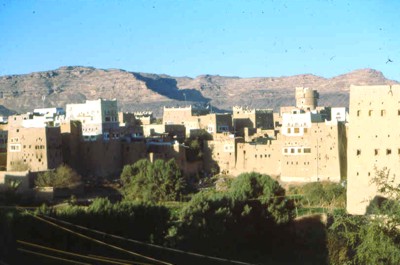


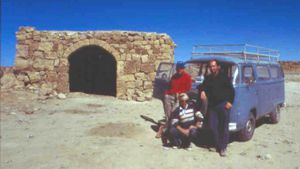
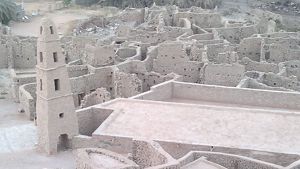
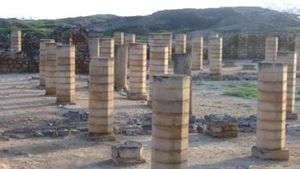


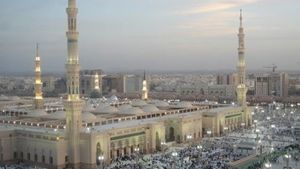
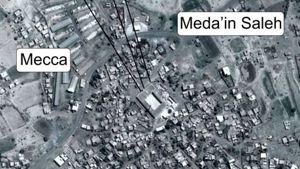
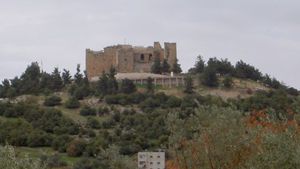
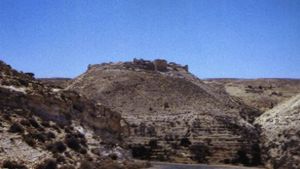
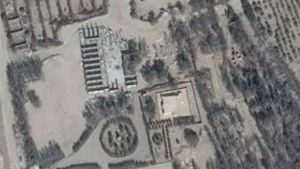
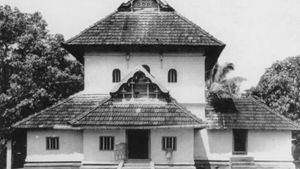
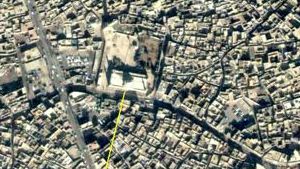
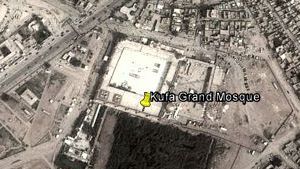


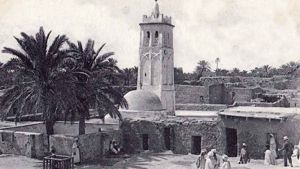
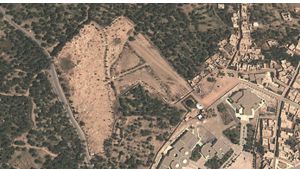

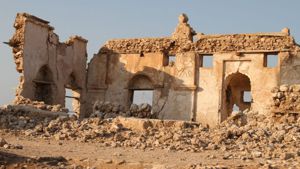
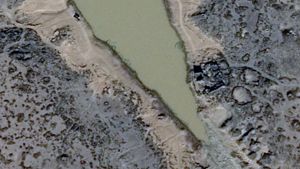
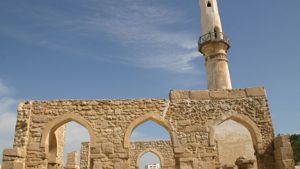
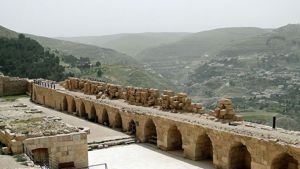
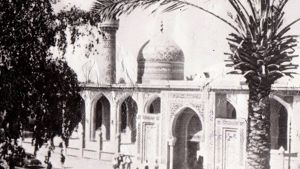
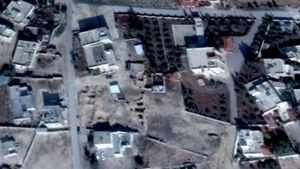
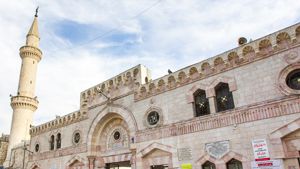

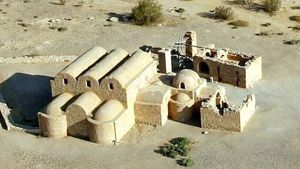
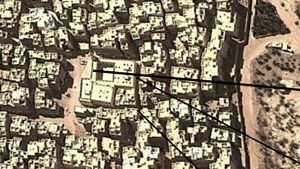
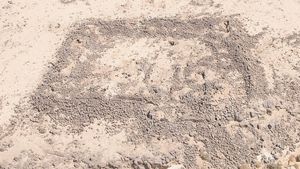
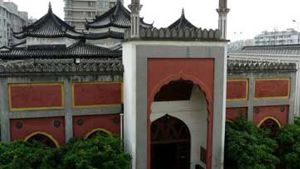
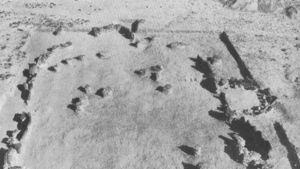
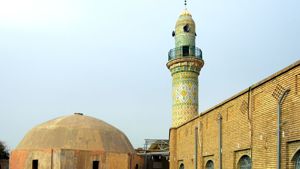
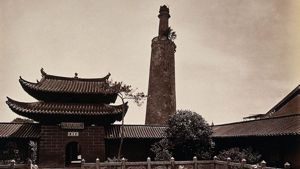
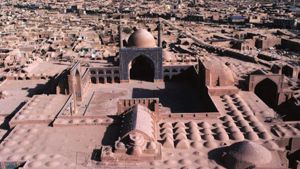
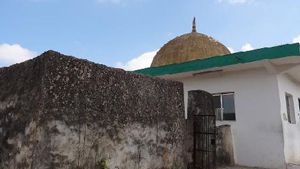
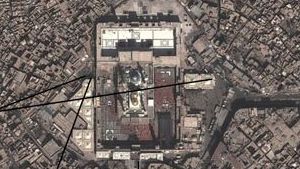
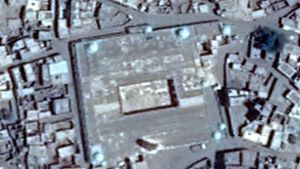
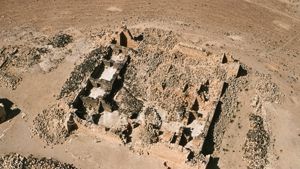
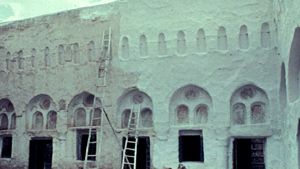

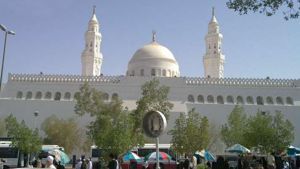
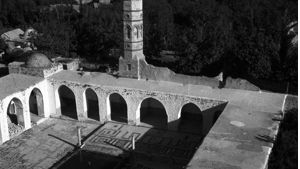
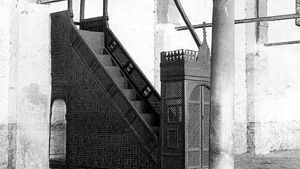
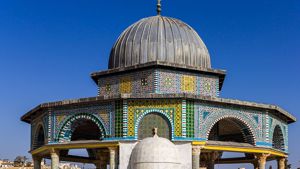

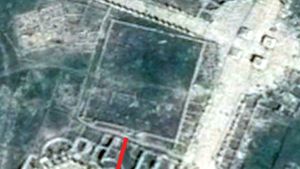
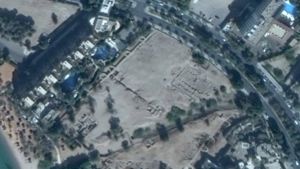
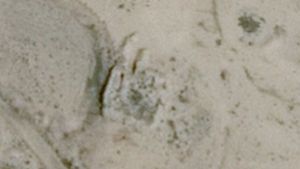
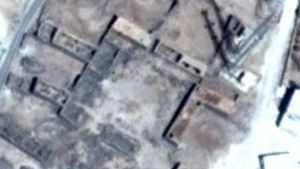
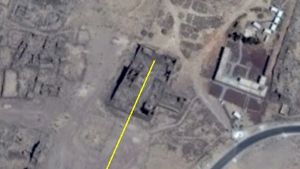
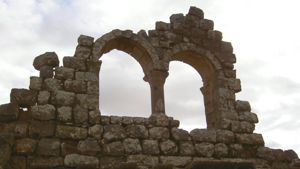
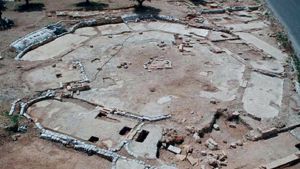
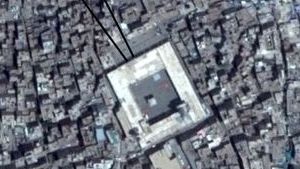

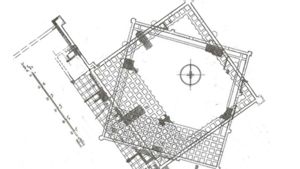
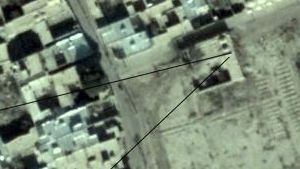

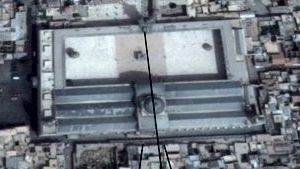
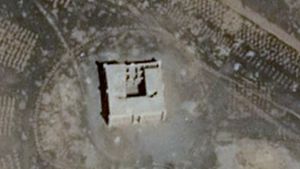

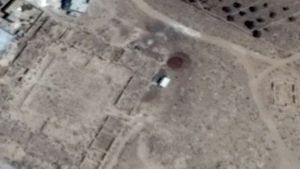
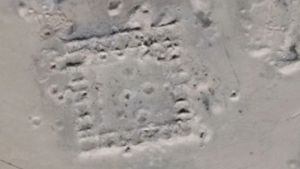
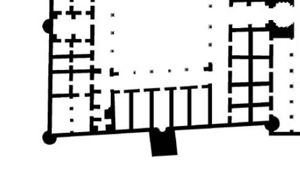

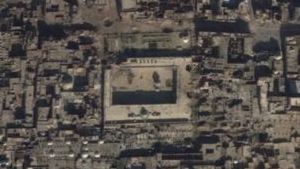
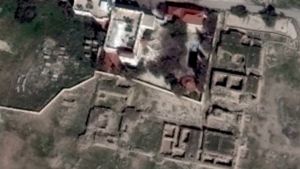
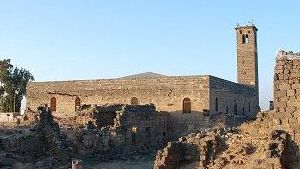
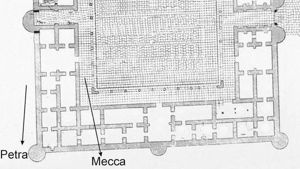
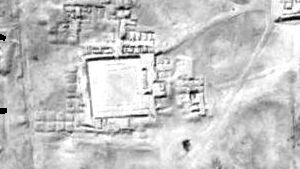
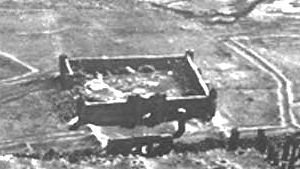
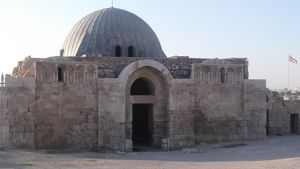
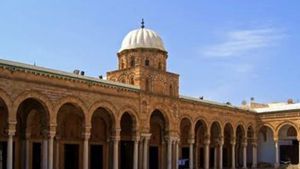
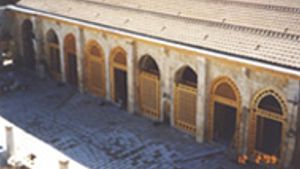

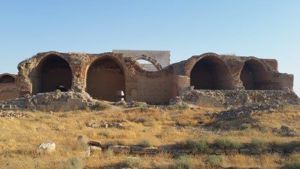
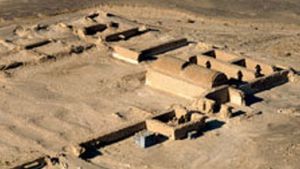
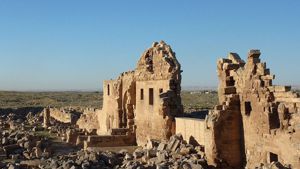
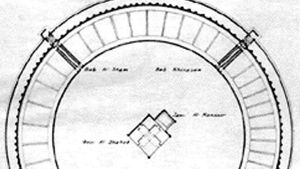
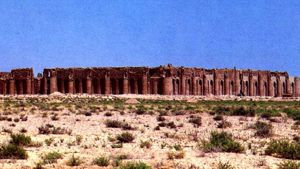
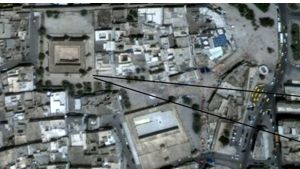
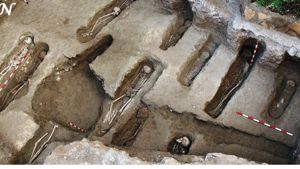
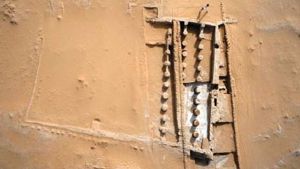
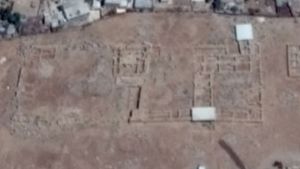
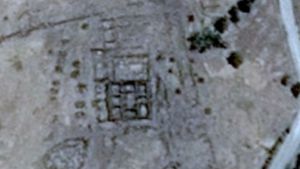
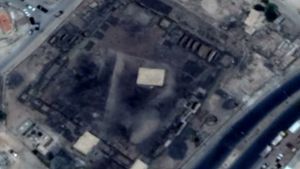
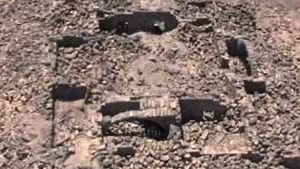
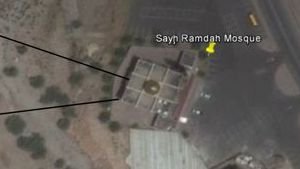
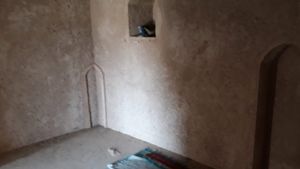

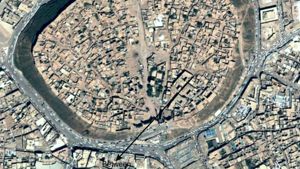
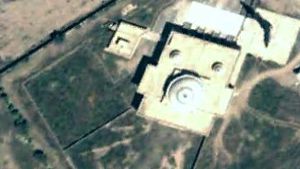
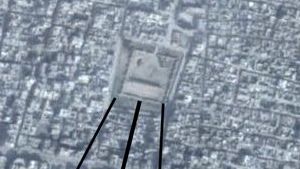
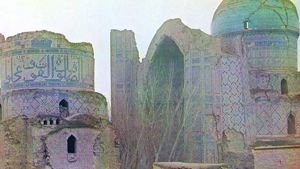
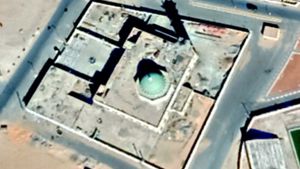

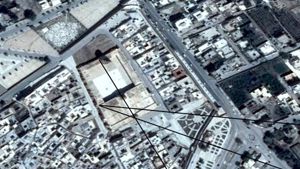
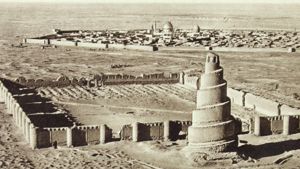
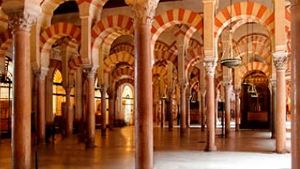
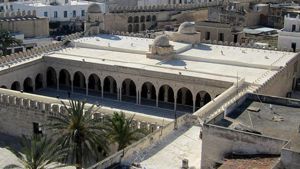
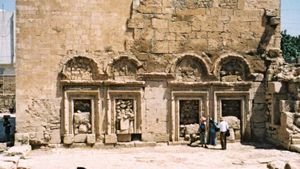
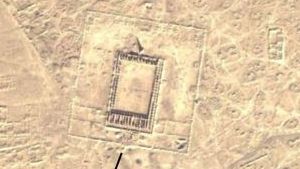
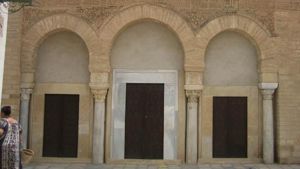
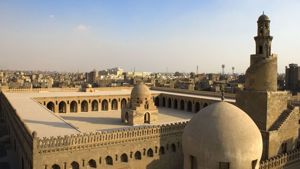
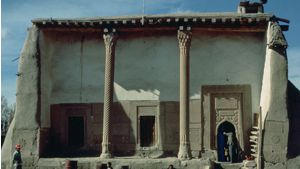
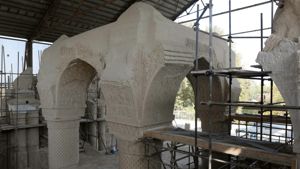
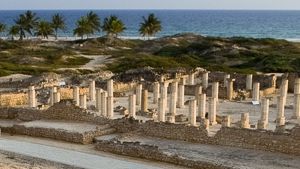
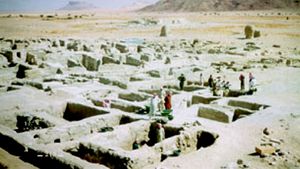
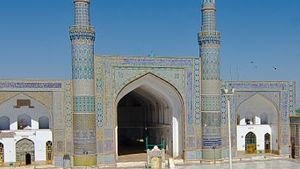
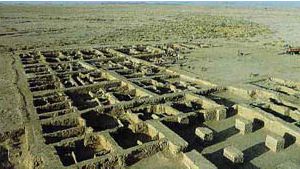
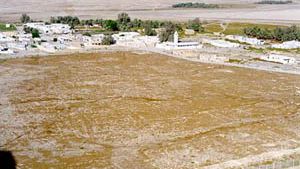
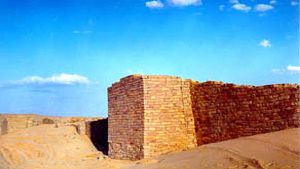
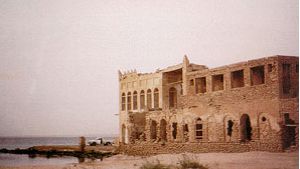

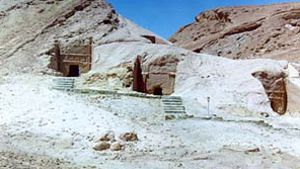
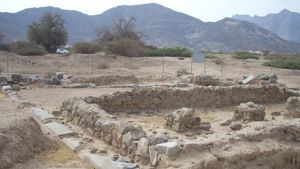
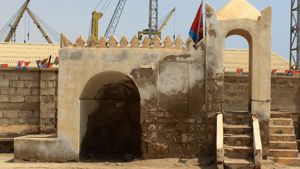
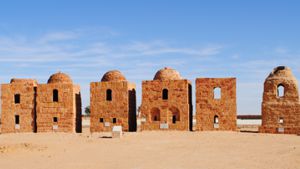
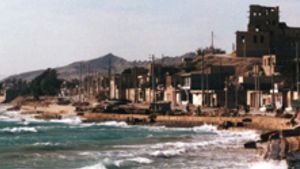
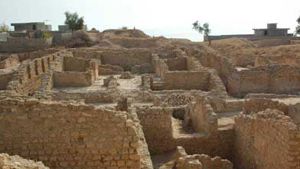
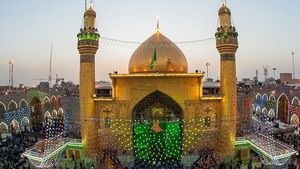
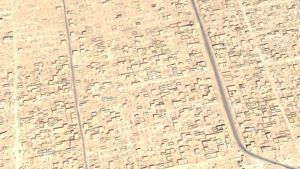
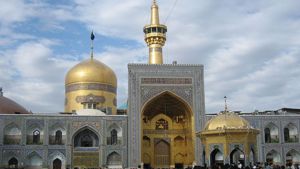
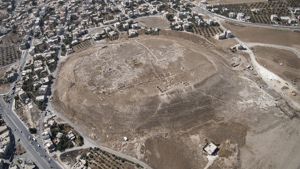

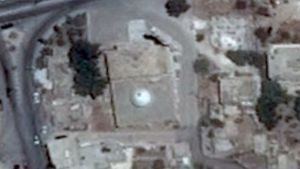
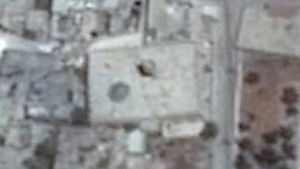
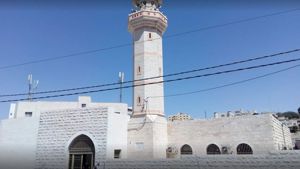
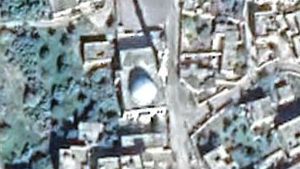
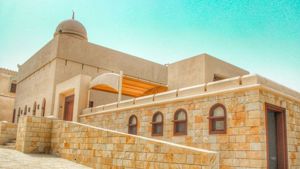
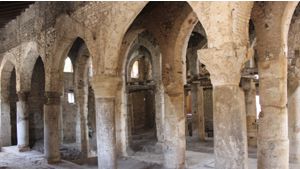
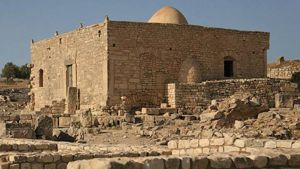
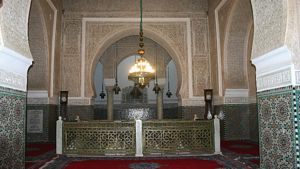
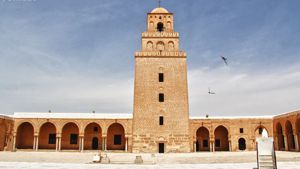
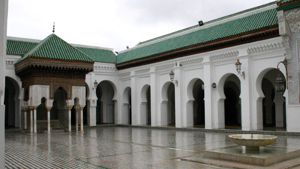

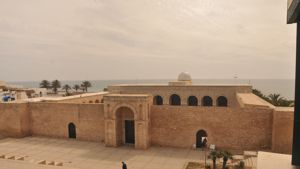
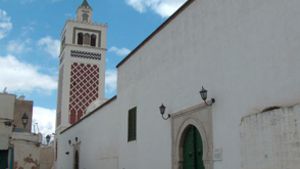
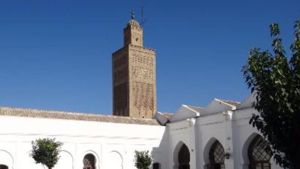


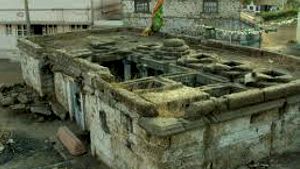
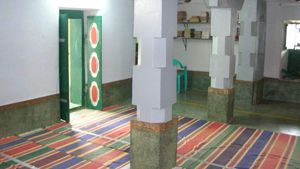
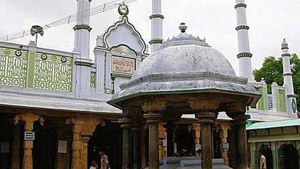
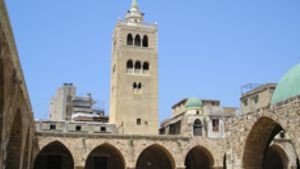
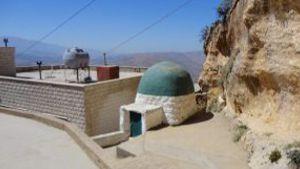

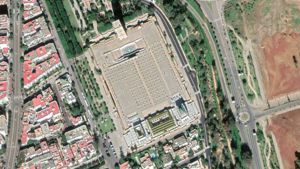
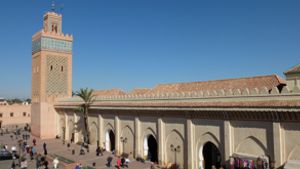

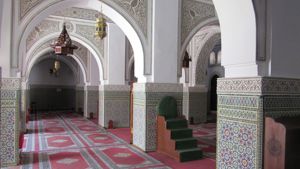
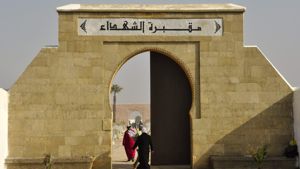
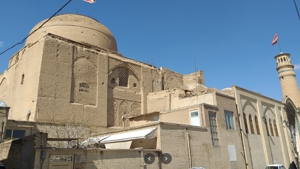
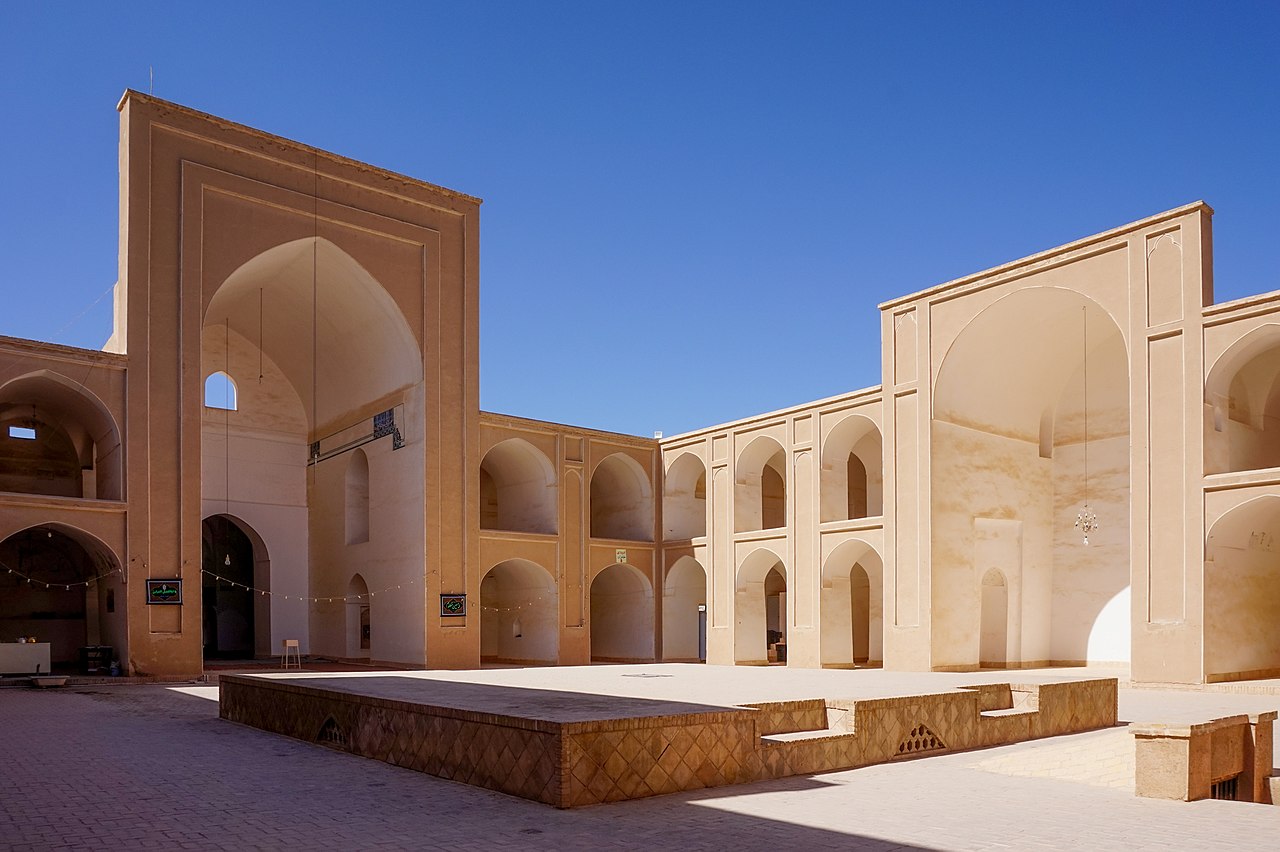
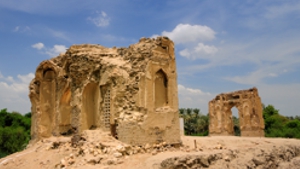
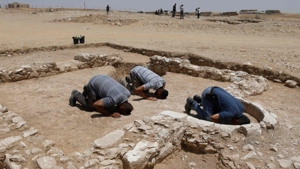
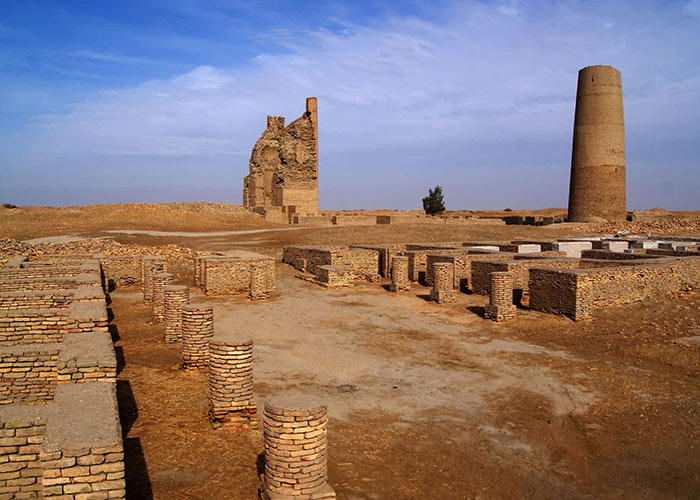


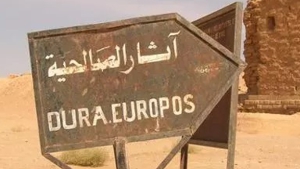
Page Discussion
Membership is required to comment. Membership is free of charge and available to everyone over the age of 16. Just click SignUp, or make a comment below. You will need a user name and a password. The system will automatically send a code to your email address. It should arrive in a few minutes. Enter the code, and you are finished.
Members who post adverts or use inappropriate language or make disrespectful comments will have their membership removed and be barred from the site. By becoming a member you agree to our Terms of Use and our Privacy, Cookies & Ad Policies. Remember that we will never, under any circumstances, sell or give your email address or private information to anyone unless required by law. Please keep your comments on topic. Thanks!